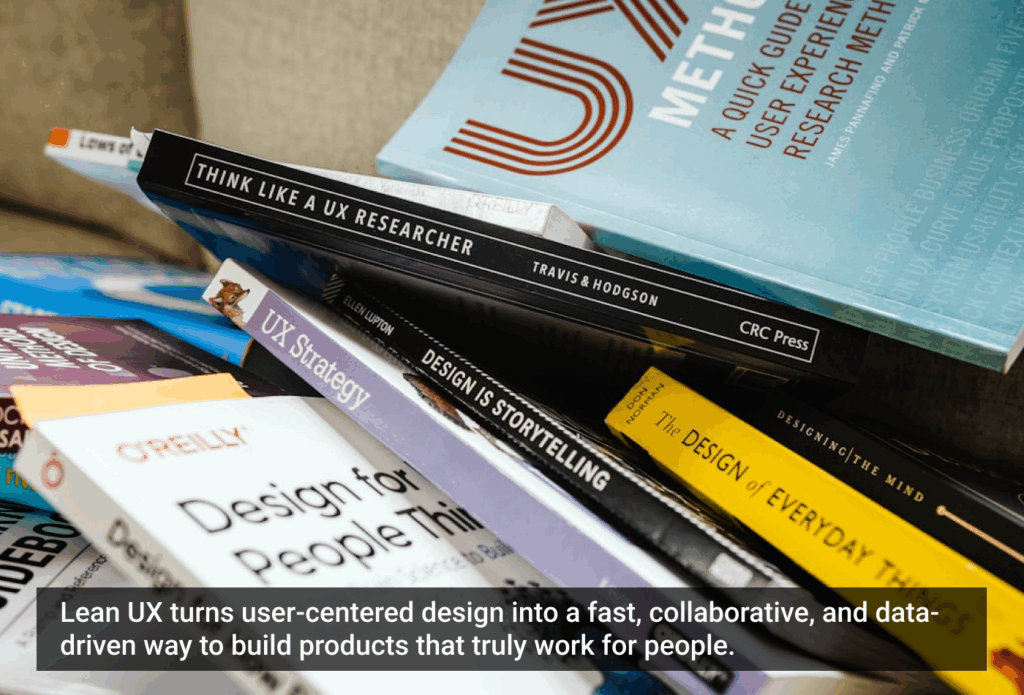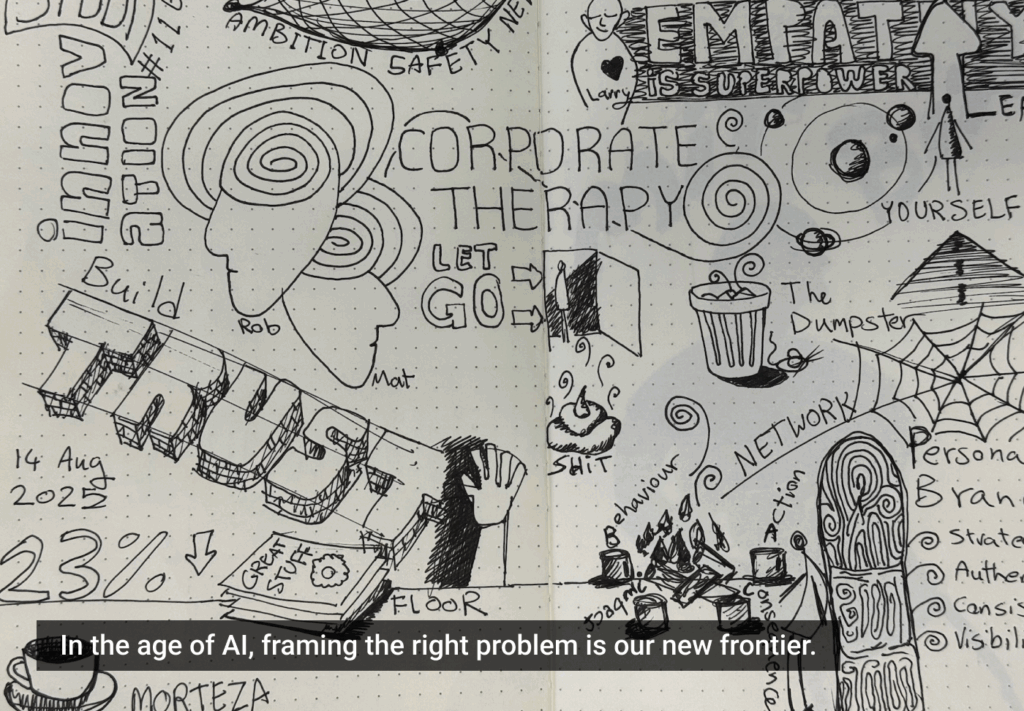- Agile UX, Design Process, Lean UX, Product Design, User-Centered Design, UX Research
Lean UX and User-Centered Design share the same heart — empathy for users — but differ in pace and practice. This piece shows how Lean UX turns UCD principles into a faster, data-driven approach for modern teams.
Article by Paivi Salminen
Lean UX vs. User-Centered Design
- The article explains that while both Lean UX and User-Centered Design focus on users, Lean UX adapts UCD principles for speed, collaboration, and rapid learning.
- It argues that Lean UX evolves user-centered thinking into an agile, data-driven process that helps teams design the right thing faster.
Share:Lean UX vs. User-Centered Design
Share this link
- November 4, 2025
3 min read







